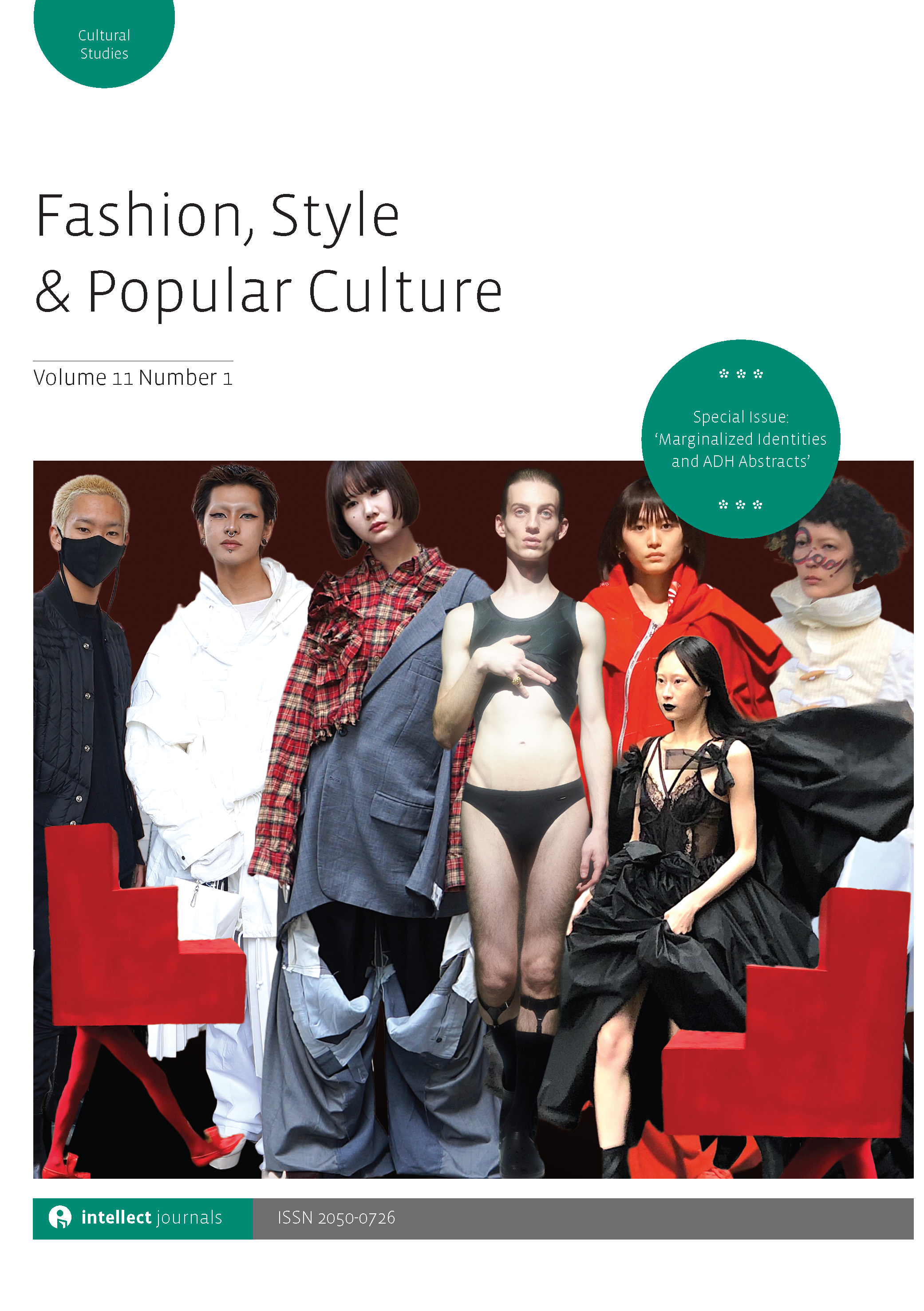
Full text loading...
 , Dooyoung Choi2
, Dooyoung Choi2 , Kim K.P. Johnson3
, Kim K.P. Johnson3
The purpose of this research was to investigate a range of individual attributes (i.e. narcissism, self-efficacy, body attitudes and internalization of beauty ideals) as antecedents to young college women’s engagement in both general (non-risky) and risky appearance management behaviours. This study also examined the mediating role of beliefs about the importance of appearance in the relationship between all antecedent variables and engagement in appearance management behaviours. A survey was conducted with female undergraduates (n = 120) who enrolled at a land-grant university in the Midwestern United States. A mediation analysis with PROCESS was conducted to test the direct and indirect relationships among the variables. Exhibitionistic narcissism and internalization of beauty ideals had positive indirect effects on both general (non-risky) and risky appearance management behaviours via beliefs about the importance of appearance. Self-efficacy had a positive direct effect on both general (non-risky) and risky appearance management behaviours, while it had no indirect effect via beliefs about the importance of appearance. Body attitudes had a positive direct effect on general (non-risky) appearance management behaviours only. A mediating role of beliefs about the importance of appearance is discussed. Academic contributions and managerial implications are also discussed.

Article metrics loading...

Full text loading...
References


Data & Media loading...

Publication Date:
https://doi.org/10.1386/fspc_00059_1 Published content will be available immediately after check-out or when it is released in case of a pre-order. Please make sure to be logged in to see all available purchase options.